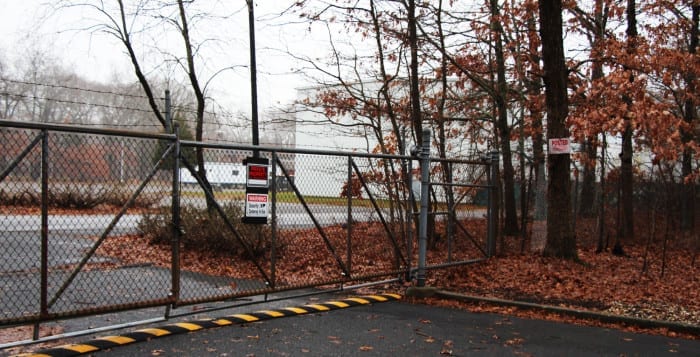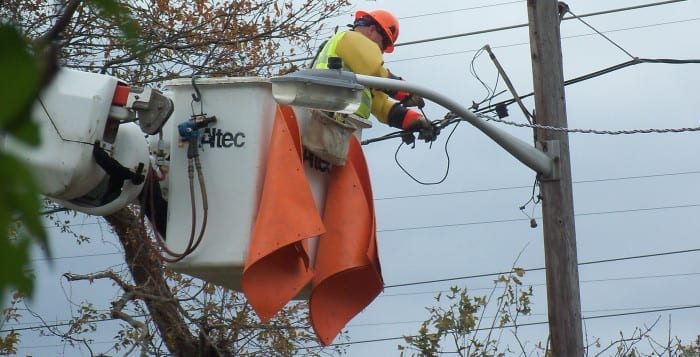Tesla Science Center at Wardenclyffe rang in the new year with another grant.
On Jan. 5, the center announced that it received a grant from the Robert David Lion Gardiner Foundation. The news comes just two days before the anniversary of Nikola Tesla’s death, which was on Jan. 7, 1943.
The money from the grant will fund the purchase of a cataloging program and storage unit. While the new unit allows the center to store artifacts and collections, the program, PastPerfect, will help the center record and document those artifacts and collections.
The organization applied for the $3,800 grant in October and was approved the following month. Although it received the grant in December, the organization was unable to buy the program at the time. But the news that they received the full $3,800 grant was a surprise.
The Robert David Lion Gardiner Foundation supports and aims to preserve New York State history, particularly in Suffolk County. The foundation is known for meeting organizations halfway on an approved grant.
“We support [the organizations],” said Kathryn Curran, president of the foundation. “But they also need to find ways to be sustainable.”
Organizations applying for a grant must be able to fund half the money it requests on the application. Curran said Tesla Science Center at Wardenclyffe received the full grant they applied for because the organization wasn’t requesting a significant amount of money and because, when it comes to fundraising, Curran said, the center is one of the best. Although Tesla Science Center applied for the grant in hopes of purchasing the program, Treasurer Mary Daum said the program hasn’t been installed yet, but will be soon.
In 2012, the center raised $1.37 million dollars in one month from a crowdfunding campaign. Daum said this was the organization’s first real fundraising campaign. The money they raised helped purchase the Tesla Science Center property at the time. As Nikola Tesla’s last and only existing laboratory, Tesla Science Center at Wardenclyffe is world-renowned, leaving them with thousands of followers. Some followers are active donors, while others like to keep up with the center’s newsletter.
Although the organization didn’t use crowdfunding to help raise money for its last fundraiser, they raised around $17,000 during its six-week campaign.
“We’ve done so much work on construction or improving the grounds, and that’s not the kind of thing the Robert David Lion Gardiner Foundation supports,” Daum said. “But what they do support is preserving Long Island’s historic legacy.”
While it was the first time the center applied for a grant from the Robert David Lion Gardiner Foundation, it wasn’t the first time the foundation gave an organization the full grant it applied for. The foundation wants to know that organizations like the center at Wardenclyffe are meeting their fundraising goals.
It will be a few years before the center achieves its main goal of establishing a science center and museum, but Jane Alcorn, president of Tesla Science Center, said it recently purchased a collection of historic electrical equipment that are similar to tools Tesla may have used during his lifetime and other artifacts the center can catalog.
“We feel very fortunate that the Robert David Lion Gardiner Foundation provided funding for us to start our collection on the right foot,” Alcorn said. “We’re grateful to their foresight in providing grants to us and local institutions.”






